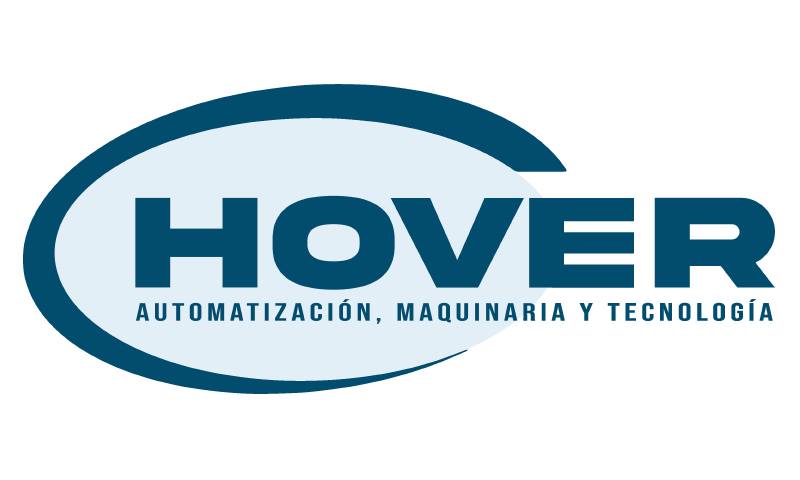Frustrated by commercial EM software?
Accelerate R&D with
Custom EM Solutions
Stop wasting time and budget on bloated suites of software. We deliver the critical electromagnetic insights you need to validate, optimize, and innovate.

The True Cost of Commercial EM Software Bloat and Rigidity
-
Features You Don't Need
Pay for a suite of bloated, complex tools when you only need a fraction of them, making the software cumbersome.
-
Hefty Annual Licenses
High upfront costs and recurring fees that drain your R&D budget, regardless of how much you use the software.
-
Restrictive "HPC" Extras
Can't even use a modern 8-core workstation without paying for costly "HPC" add-ons to unlock parallel processing.
Two strategies for EM success
-
Skip the software, get the results
Complete EM solutions from concept to validated design. From simple verification to complex optimization challenges.

-
An Open-Core Software Partner
We help you build your team's EM simulation capabilities using a combination of open-source and proprietary components, from CAD to the cloud.

Ready to Start Your Project?
Let's discuss your electromagnetic engineering needs and find the right approach for your project.
Simulation Services You Can Rely On

Hover | Automation and Machinery
Project Overview
- Challenge: Verify the design of a magnetic grid trap according to food safety standards.
- Solution: BEM-based simulations and detailed post-processing and documentation.
- Result: The study confirmed the separator's compliance while highlighting optimization possibilities.
"I hired Epsilon Forge for a finite element analysis of a magnetic trap, and the results were outstanding. Their team was professional, communicative, and delivered precise insights that exceeded expectations. The analysis helped optimize the design and move forward with confidence. Highly recommend their reliable and top-quality services!"
- Daniel Manjon, Manager
Google Review

Project Overview
- Challenge: The chip design industry's reliance on traditional, closed-source CAD/CAE software leads to vendor lock-in, high costs, and slow innovation, especially for bleeding-edge fields like Quantum RF.
- Solution: Deployed a simulation server within the GDSFactory+ platform.
- Result: Ongoing work.
Confidential | Medical Device Startup
Project Overview
- Challenge: Help fine-tune patent-pending design and compare performance with a competitor's design.
- Solution: BEM-based simulation of electric fields.
- Result: Gained insight on fundamentals and found unexpected results.

Tenaris | Steel Industry
Project Overview
- Challenge: Product mixing issues arising in spite of electromagnetic inspection equipment present.
- Solution: Implemented Nonlinear FEM-hysteresis model.
- Result: Improved operational practices to improve steel type discrimination.

CONAE | Argentina's Space Agency
Project Overview
- Challenge: Account for cross-polarized backscattering of arable land.
- Solution: BEM-based and analytic simulations of rough surfaces.
- Result: Contributed to develop advanced retrieval algorithms for soil moisture, help characterized range of validity of analytical methods.
About Epsilon Forge
We're a young spin-off company from the University of Buenos Aires.
Our focus is on electromagnetic simulation research, software development, consulting, support, and training.
At our core, we are committed to reducing the barriers to engineering innovation by providing cost-effective solutions.
We're excited about what's ahead and look forward to collaborating with you!
Cheers,

Martin D. Maas, PhD
R&D Consultant and Founder
- Professor of Applied Mathematics



